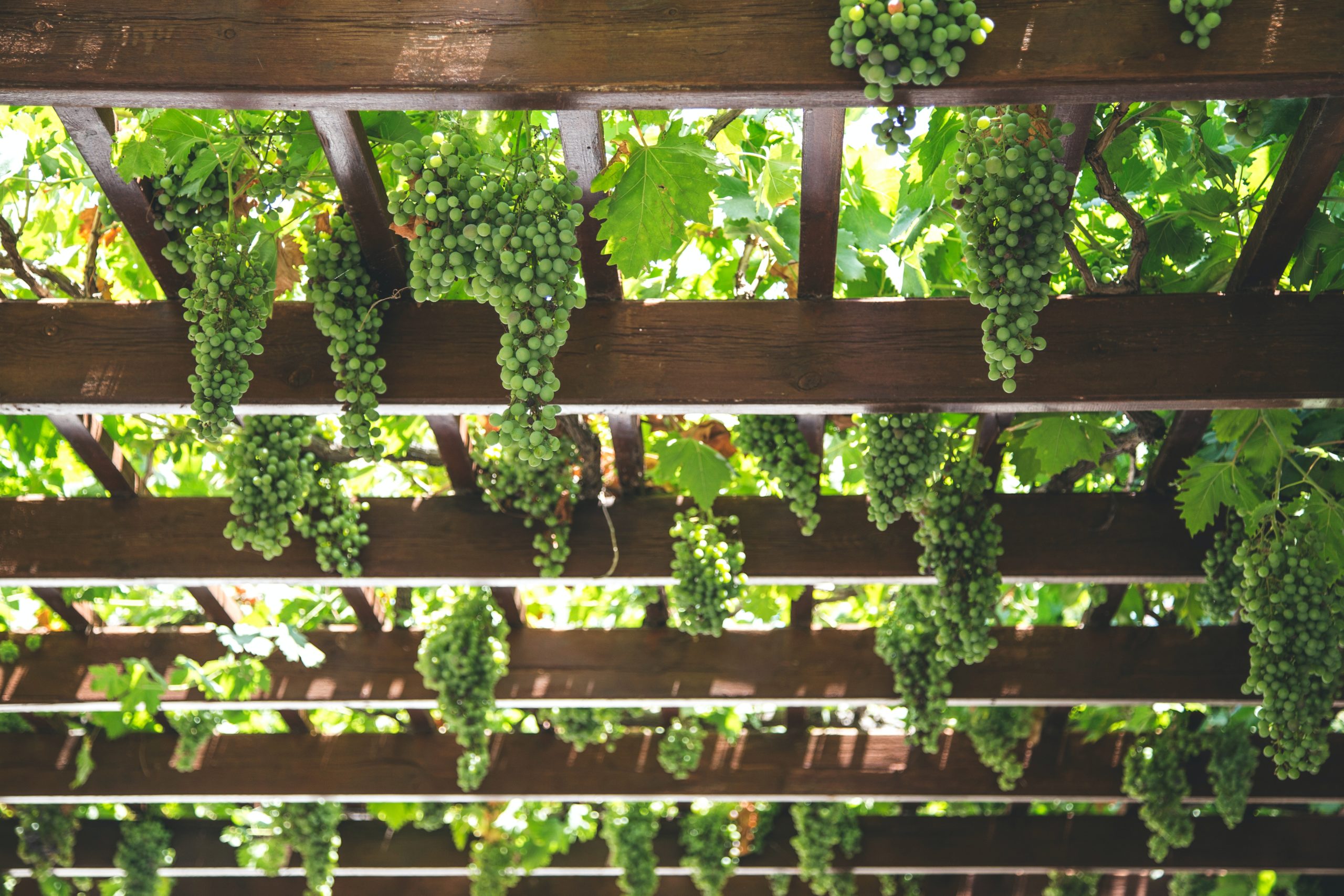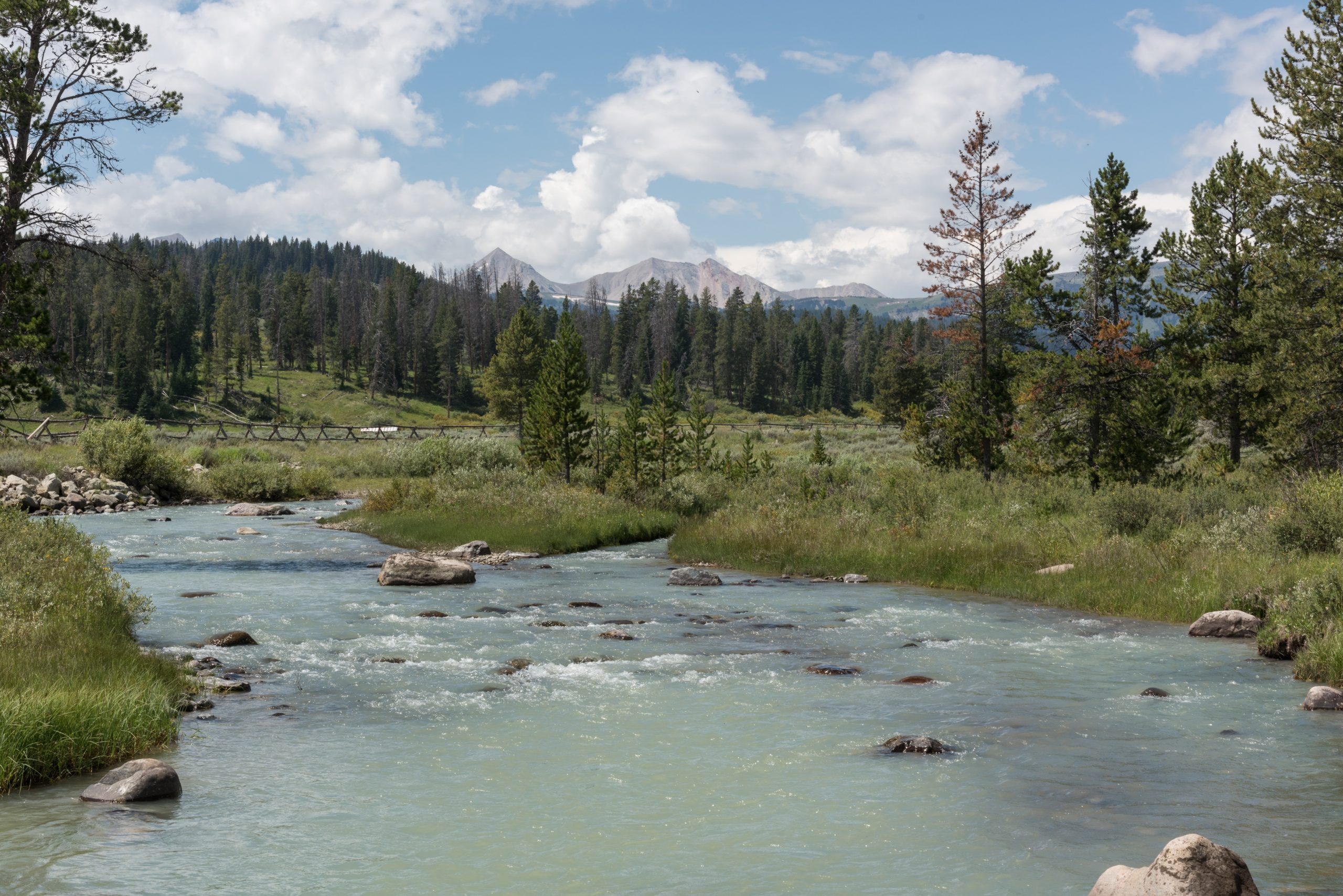Tourism can be a transformative experience, both for destinations and the travelers who visit. While famous bucket list destinations are always fun to visit, under-the-radar destinations offer travelers the unique opportunity to see the authentic heart and soul of a place that can’t be found anywhere else (and hey, it doesn’t hurt to avoid the crowds either).
Yakima Valley: The Palm Springs of Washington State
When most people hear Washington State, the first thing they might think of is Seattle. Expansive rainforests made green from plentiful rainfall, bustling food markets like Pikes Place filled with mouth-watering aromas, and colorful street art are classic characteristics of Washington State.
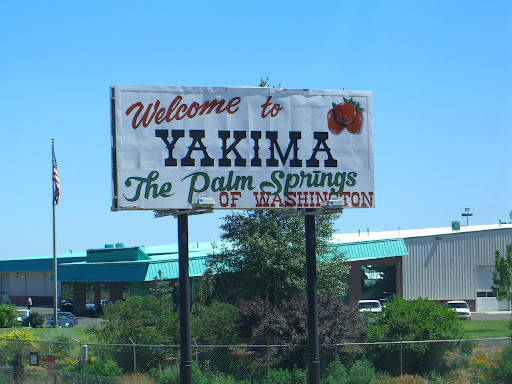
But on the other side of the towering Cascade mountains is a lesser known side of Washington, a hidden gem, with 300 days of sunshine a year where life moves a little slower. Located in Eastern Washington, the Yakima Valley is famous for many things– world-class breweries & vineyards that rival famous destinations like Napa Valley, California or Portland, Oregon, hundreds of outdoor adventures and mouth-watering farm-to-table cuisine. Dubbed the “Palm Springs of Washington” by locals, here’s why Yakima Valley, Washington should be at the top of your bucket list this summer.
Washington Wine (and Beer) Country:
With five American Viticultural Areas (AVAs), over 120 wineries, and dozens of breweries, Yakima prides themselves on having something for everyone when it comes to quality beers and wines. Yakima Valley has remained more of a hidden gem when compared to more famous destinations, which means visitors to the valley can enjoy top-notch drinks and a fun atmosphere without all the crowds.
1. Wine Country
Seeing as the Yakima Valley produces over half of Washington’s wine grapes, Visit Yakima Valley DMO has winery tourism down to a science. Potential visitors to Yakima Valley can visit the dedicated Yakima Valley Wine Country website to learn about everything the valley has to offer from wine festivals to lodging near the best wineries.
While the wineries of Yakima Valley do not have the storied history or prestige of more famous wine-growing areas, there is still so much beauty to explore in the valley. Yakima Valley wineries pride themselves on offering their guests an intimate and laid back tasting experience where wines are produced for quality over quantity. The Yakima Visitor’s Center understands the unique culture the valley has and has created the Yakima Wine Pass where tourists can benefit from discounts for the best wineries in town while at the same time keeping the vibrant local economy alive.
Picture this: A beautiful sunny day, relaxing in a ridgetop winery, holding a glass of the best Bordeaux-style red wine you’ve ever tasted. There are no crowds, you’ve made friends with the family that owns the winery, life is good. This is summer- Yakima style.
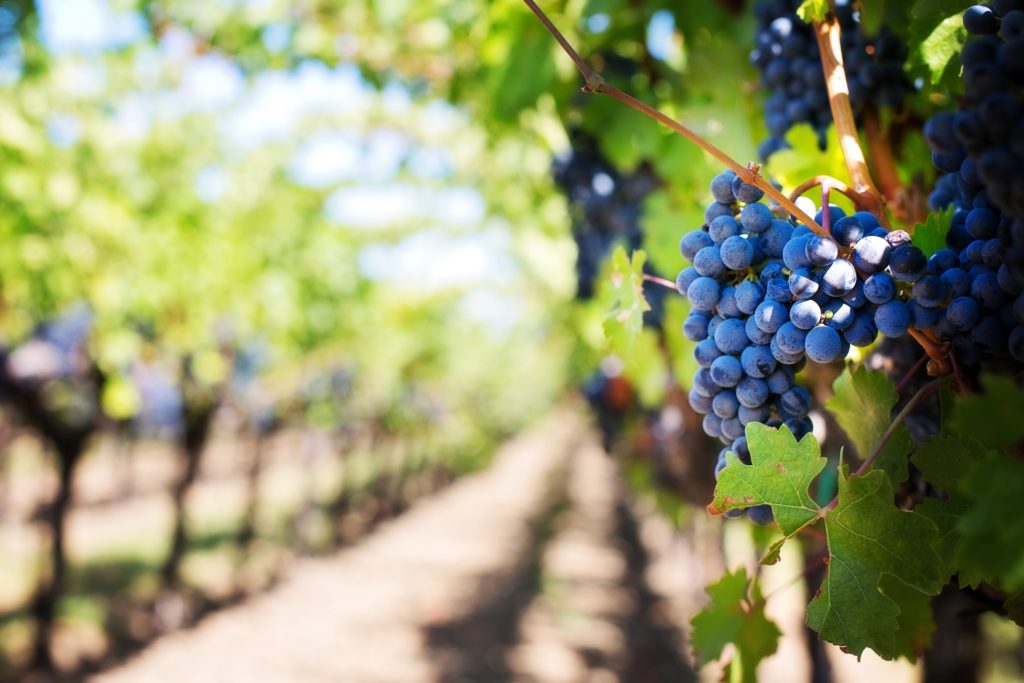
2. Exploring Beer
If there’s one thing Yakima is known for, it’s hops. Summer is perhaps the most beautiful time to visit as hills and fields across the valley are blanketed with dark green vines heavy with the cone-shaped hop flowers. Under the warm summer sun, the hops bake, filling the valley with the scent of hops – lemon, floral, pine.
The Yakima Valley grows 77% of hops in the United States and ⅓ of hops worldwide, even out producing Germany, and these hops are shipped all over the world, meaning craft beer truly couldn’t exist without Yakima.
Hop growing is truly a family affair in the Yakima Valley, as most hop farms are third or fourth generation family owned farms. No one understands hops better than these farmers, who are practically hop royalty, so there was no one better to kickstart the brewery scene in Yakima than these families. Meghann Smith, the founder of Bale Breaker Brewing Company in Yakima puts it this way: “Who can you trust more to brew your beer than those who live and breathe hops in their everyday lives?””
In the past decade, breweries and cideries have popped up all over the Yakima Valley, pioneered by these hop-growing experts who really understand how to make beer an experience, not just a drink. Seeing a growing scene for beer in the valley, Visit Yakima created a dedicated beer section where tourists can discover the best breweries, tours and festivals to truly experience the Hop Capital of the World.
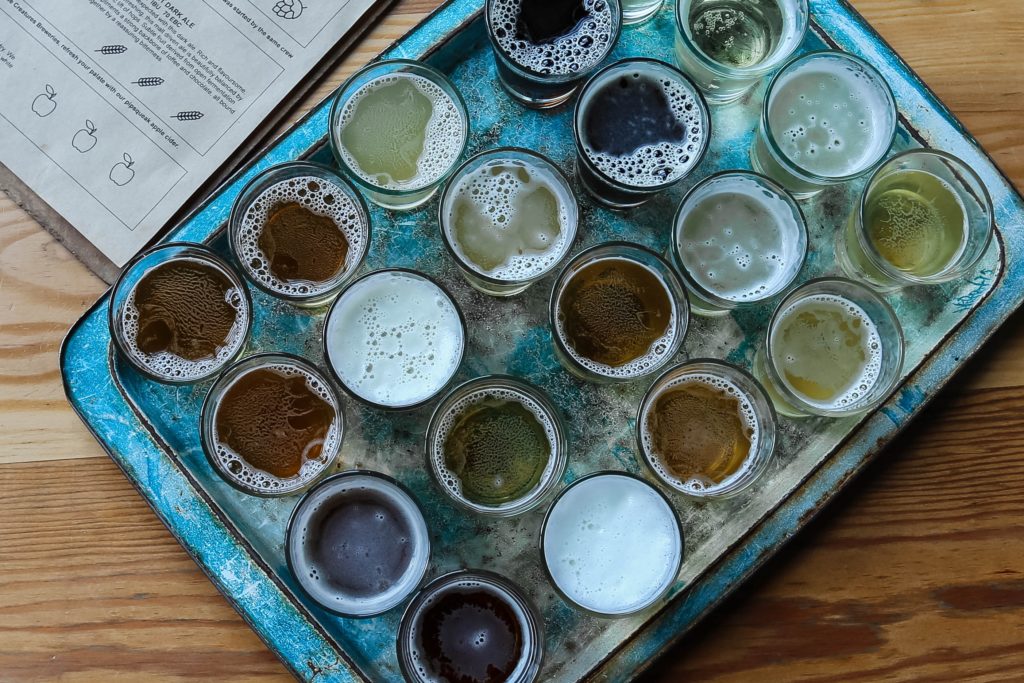
Yakima’s Outdoor Adventures
With 3 major rivers, 109 sparkling blue lakes, 165 campgrounds tucked in the Cascade Mountain Range, and over 300 miles of mountain trails, the Yakima Valley is heaven on earth for adventure lovers. Locals claim that the hardest part about living here is deciding what adventure to go on first.
After you’ve had your fill sipping in wineries (is that even a thing?) it’s time to enjoy all the outdoor beauty that the Yakima Valley has to offer. There are activities for every type of person, from your mom who loves to sunbathe to your adrenaline-junkie brother who loves dirt biking.
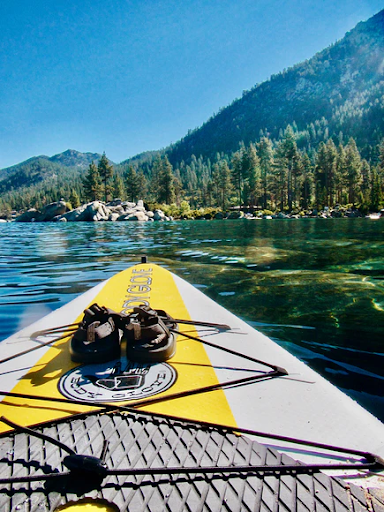
Paddle boarding at Rimrock Lake in Yakima
The nearby Rimrock Lake is the favorite summer getaway of Washingtonians in the Yakima Valley. This beautiful blue glacier fed lake surrounded by the Wenatchee National Forest has no shortage of fun activities. A personal favorite for many locals is renting a paddleboard for a sunrise paddle across the still-as-glass lake and relaxing on the shore feasting on juicy, freshly harvested Yakima cherries. At certain times in the summer, the lake gets low enough that you can dry off from a swim in the lake by dirt biking across the lake bed. Once you’ve had your fill of the lake, visitors can head over to the Tieton River for some adrenaline-pumping whitewater rafting and world class fly fishing.
Can’t make it to the Yakima Valley this summer? That’s okay! The Yakima Valley has also been blessed with an abundance of thrilling winter activities. Locals love to retreat to the mountains for a day of skiing in the Cascade Mountains, a cozy stay in a nearby log cabin and a snowmobile adventure in the Ahtanum State Forest. There is truly never a dull time to visit the Valley.
Food in the Yakima Valley
Hops and wine grapes are not the only agricultural product that the valley is famous for– in fact far from it. Yakima Valley has long been crowned the leading producer of apples in Washington State. Seriously, Yakima practically invented the concept of farm-to-table and you do not need to leave the valley to find the very best food, wine and produce!
The City of Yakima draws visitors from all over the country with its many festivals celebrating the abundance of the Yakima Valley and the hard-working people that live there. The Taco Fest each May is one of the most popular festivals. Yakima Valley has a vibrant Hispanic community and some of the best tacos in the world that are perfect served with freshly brewed Yakima craft beer. Other festivals include Bottles, Burgers and Barbecue and the Fresh Hop Ale Festival.
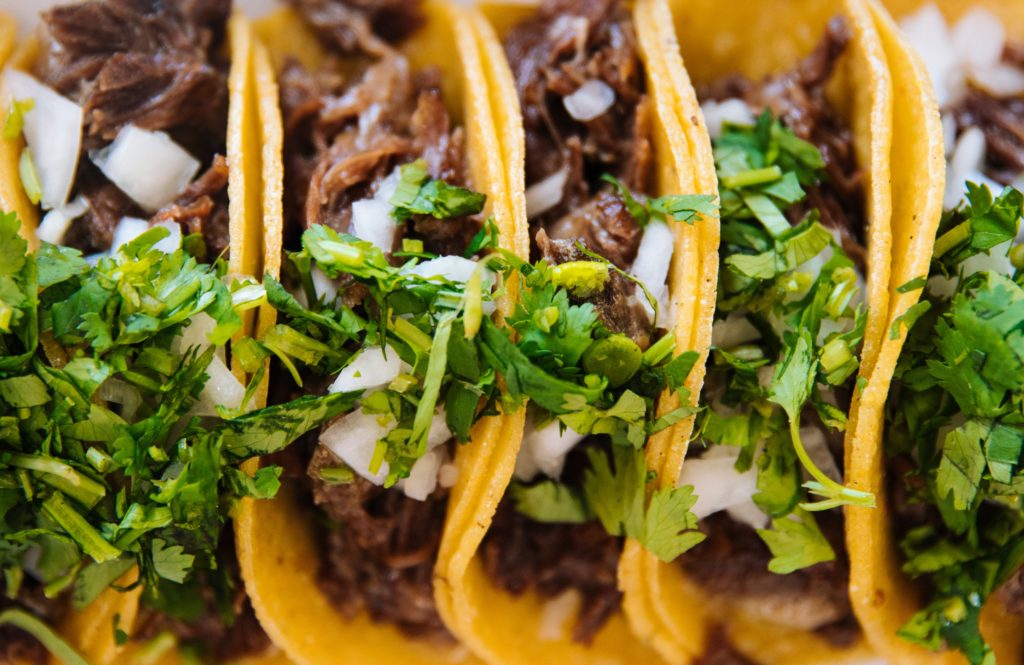
The Yakima Valley makes some of the best tacos in the world.
A favorite childhood memory of many natives to the Yakima Valley is spending summer afternoons picking fresh produce grown in the valley. Freshly grown strawberries are generally the first pick of the summer, followed by juicy cherries in all varieties, blueberries, blackberries, peaches and apples. Not only is fruit picking a delicious and fun summer activity, it’s also a great way to support the community and farmers of the valley.
